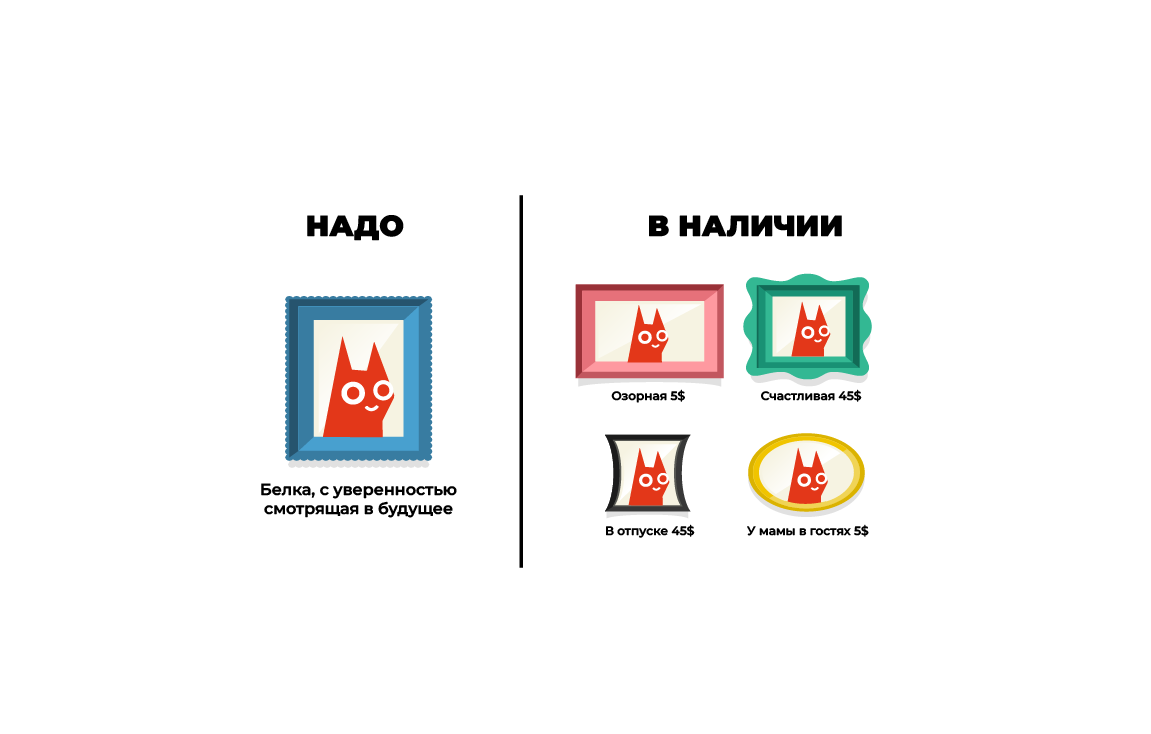What obstacles await the team that decided to use purchased assets in the game, — says Maxim Nikifarovich, the leading artist of Belka Games.
Maxim Nikifarovich
High—quality graphics for casual projects are expensive.
Especially high-quality unique graphics. Saving on this part of the development is a completely understandable desire. Sooner or later, everyone gets the idea to use ready-made 3D models from the drains. It would be great: not to work hard as a team for a week or two, but just to take what is ready.
Was it possible?..
Spoiler alert: No.
I’ll make a reservation right away that I described a personal experience. I didn’t have a goal to conduct a full-fledged study. Perhaps I don’t know something, and in your project the stock graphics will just be in place. But if your game is casual, then my experience will be relevant, and he says, “no, it doesn’t work that way.”
What is the task
Let’s say we have a casual game in the ancient Greek style, which uses 3D graphics with subsequent post-processing. We decide to make an expedition.
The Colosseum, the Temple of Aphrodite, the aqueduct, the amphitheater are standard objects. At first glance, it seems that they will be the least hassle. Yes, somewhere something will need to be finalized, simplified, adjusted to the relief, but in general, there is a feeling that with one click we will get ready-made 3D models.
Practice shows that a number of nuances will negate all our hopes.
The first difficulty. Grid
Firstly, the grid is different for all models. There is no single standard: some models are in loupoli, others in highpoli — who is into what a lot. As for the figures of people, they like to leave them in such a hellish hypoli that just opening such a file can be a problem. It is impossible to edit it — you need to do retopology. But did we buy a ready-made model for that?
Secondly, everything is merged. Even if not all, then all coordinates are knocked down and, of course, no modifiers.
Thirdly, on the render that the model is presented on the site, it is impossible to consider all the potential problems that will result in hours of improvements. In general, someone else’s grid is dark (almost like a soul).
For example, we need the temple of Aphrodite on the map. Modeling of such an object will take 15-20 hours. If we proceed from the cost of an hour of $ 10, the cost of the model will be $150-200. OK. And what do the drains offer? Let’s say we go to CGTrader and find about what we need for $28.
Beauty! Downloaded, bought. The composition is interesting, it gets into the setting — it is clear that the author tried. But the model needs to be refined, and the grid is as highly polygonal as possible. Alas, there are no modifiers and other possibilities to simplify something programmatically. It will take us N time to make edits (from five hours to plus infinity). I have to give it up.
OK. We are also looking for and find an excellent option that allows you to buy a set of low—poly antique architectural details – $79. With it, we get a constructor from which we can assemble everything we need — the temple of Aphrodite, the amphitheater, and the aqueduct.
Profit! I must say, this option really suits us better. But, firstly, it will take time to assemble / recompose, edit the scale, finalize the details. And secondly, there is another nuance, without which any edits are likely to take much longer than it initially seems, and the result will still remain so-so. What kind of nuance is this, I will write below — and who has already guessed, I give him a sincere like.
The second difficulty. There is no suitable model
Most likely, what you find will be ABOUT what you need. You can try to find something as suitable as possible, but it will take more time without a guarantee to find something. Finding what you need will be very difficult. Even some fir, which seems to look the same everywhere, in the end will definitely not be exactly what you need. Needless to say, finding a suitable galley or a statue of Zeus will be even more difficult?
You sigh, you return to the path of search. Flipping, flipping… Looking through CGTrader, TurboSquid, Unity Asset Store… You agree to something compromise. You buy. You download it. You open it at home and move on to solving the problems described in the first paragraph. Taking into account the nuance that I promised to say below.
The third difficulty. Concept — more precisely, its absence
This is the very nuance about which I kept silent in the first two paragraphs, although it was necessary to start with it in a good way. You can’t work without a concept.
The concept is the answer to the question of what to do. This is setting a clear task. Formulated result. Landmark. Understanding what we want to get.
If you work without a concept, the only reference point will be someone’s feeling of “how it should be”. It cannot be properly discussed or disputed. In the classics of folk printing, it sounds like “make me beautiful.”
If you start to edit a model from a stock without a concept, every movement of your hand will cause mental pain. How high should I move it? How much further to put? How many columns? What kind of masonry stones? And maybe bricks… what proportions are there at all? And what kind of decor? Balusters or forged elements? Wood or concrete? Or metal?.. Or maybe do it with steampunk elements? Or stylize it under the Baroque? A thousand questions will immediately arise, the exact answers to which you will not find — because there is no concept. Yes, there are talents who immediately model the concept, but still there are only a few of them and it’s definitely not worth basing a pipeline on them.
Thus, if you started with a concept, then you will never find the model that suits you. If you started without a concept…Then start with the concept.
You can, of course, draw a concept from nature — that is, from the options that stock offers. But this is already a perversion, fitting the desired to the actual.
Surely there is some more specifics of the narrative. Will we also adjust it to what we find on the drain?
The fourth difficulty. Style
There is another aspect — style. The style of graphics in your project. There are a lot of realistic models on the drains, but considering that your project still has a casual style, it is almost impossible to use the purchased models without edits. Even if you are lucky and you have found, for example, a temple of Aphrodite in a casual style, it is still unlikely to suit you. Because your project probably has its own unique style.
Conclusion
It is 100% impossible to provide the project with models from the drains. And even a separate feature is unlikely to be provided with models from the drains.
The only thing that drains can help with is getting ready-made parts and some of their assets. For example, antique statues (without pose requirements), architectural decor, musical instruments or vegetation. This can probably be used, saving a bit of time.
If you create a project with your own unique style, and start with a technical specification and a concept, then the only way to achieve success is to do all the graphics yourself. Or hire an outsource (after making sure that the team is able to do what you need). Scale, detail, shaping — if you edit all these things on someone else’s models, the alterations will take no less time than if you did everything yourself from scratch. And is it worth it?
To select models according to the principle “well, the direction is clear, we all understand the setting, we’ll find something more or less suitable” is a direct path to the degradation of graphics, demotivation of artists and loss of time.
Working with stock models can probably give a profit in R&D development, where you can really use something more or less suitable to test the idea and mechanics itself. The project doesn’t have a style yet. But if the style of the project has already crystallized, working with drains is a very difficult task.
And this, by the way, is good — it means that any screenshot of your project looks special. He is unique. And this is exactly what we expect from graphics.




